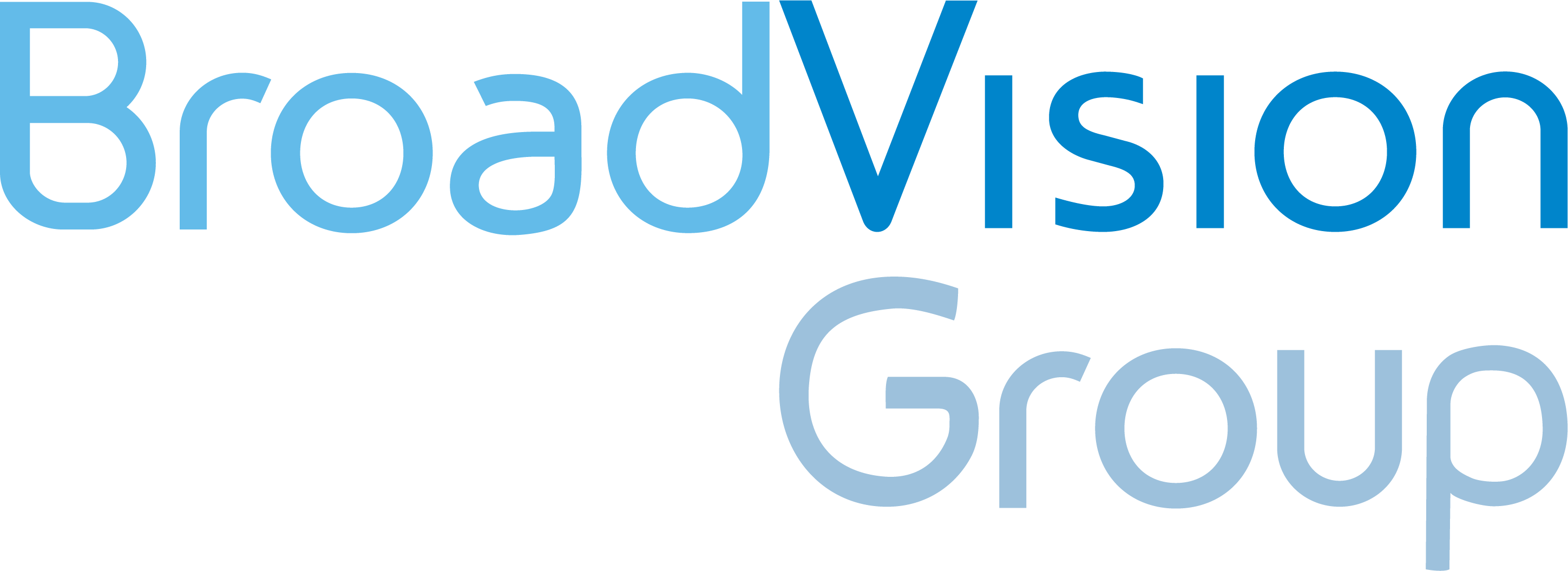What are the differences?
Vmoso is generally placed in the same product category as Slack, Teams and other business chat apps. Certainly, we think that Vmoso does at least as well as those products in internal collaboration, but it is designed to do much more. Vmoso is very different, with six pillars in its design approach that make it a capable digital engagement hub that unifies and transforms otherwise disparate business activities, and sets it apart from other products focused only on internal collaboration:
- Unified engagement hub. Unlike Teams and Slack, Vmoso is not only a business chat app. The first tenet of Vmoso’s design is to provide a single place for all of your business engagement. So, whether you are communicating in a private chat, sharing information in a social post, assigning and tracking a task, sharing any form of content or seeking knowledge, it is all done in one place, on a single unified app. Other systems require multiple tools to achieve the same, and so extenuate the problems of fragmentation of both communication and knowledge.
- Customize for your business. For most users, collaboration sits in its own technology stack, and is something that has to be done in separation from other business activities. Yet so much of collaboration is conversation about fixing or elaborating upon business process or reporting. Vmoso’s customization adds structure and tailored presentation when required to fit business need. Thinking of this another way, Vmoso is a platform for creating personalized, branded collaboration apps.
- Open integration framework. Vmoso is architected for integration. The last thing anyone needs right now is yet another standalone communication tool. Vmoso can be connected to other communication systems, with automated processes, and into the systems of record that power your business. Underpinning this is a comprehensive open API, and the Vmoso Integration Bot automates routine integration activities, and synchronize tasks between systems. We can even provide an integration to Slack, unlike others which take a more “walled garden” approach.
- Engage externally and internally. Vmoso is designed so you can equally well engage with others outside the organization – your customers and partners – as with those inside your organization within clearly delineated boundaries of access. Their messages and responses are notified in the same, unified activity stream. Also if they share content with you, they retain ownership and control of it even after your relationship ends.
- Built-in knowledge management. Vmoso recognises that today’s conversations are tomorrow’s knowledge. An inherent knowledge management capability ensures that the information, ideas and lessons learned in today’s collaborative exchanges are automatically preserved, organised and discoverable to inform others later.
- Email integration. Another pillar of Vmoso’s design is the recognition that email won’t be replaced, at least not for some time yet. To make adoption, and the switch from email collaboration easier, participants using email can be an equal participant in conversations with Vmoso users. Email integration also makes it easy to capture content borne by email into Vmoso’s knowledge management network.
In summary, you can use Vmoso as a collaboration app as an alternative to Slack or Teams, but more than that it is a digital engagement hub for all your business engagement than can be customized to fit into the way your business needs to operate, instead of merely alongside it.

